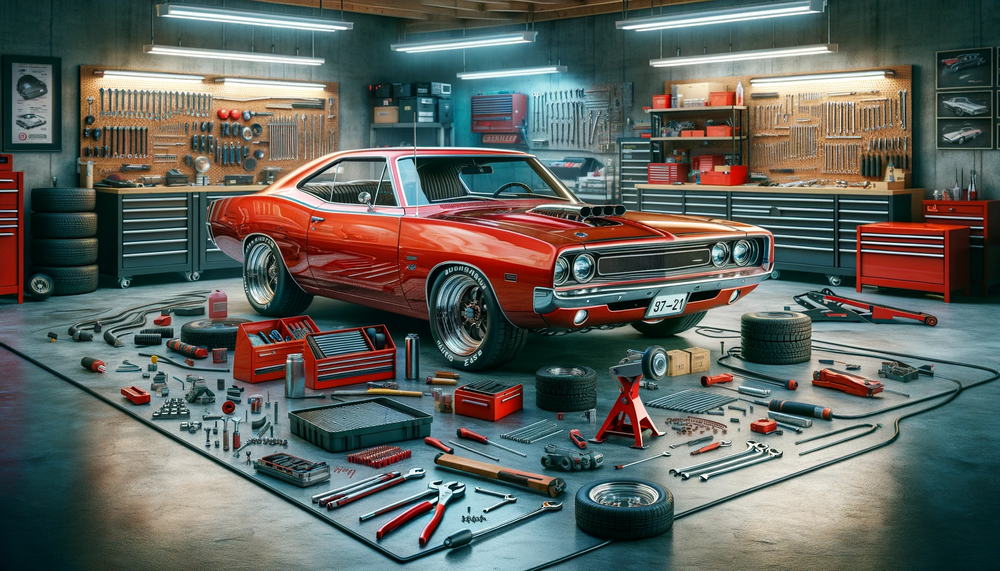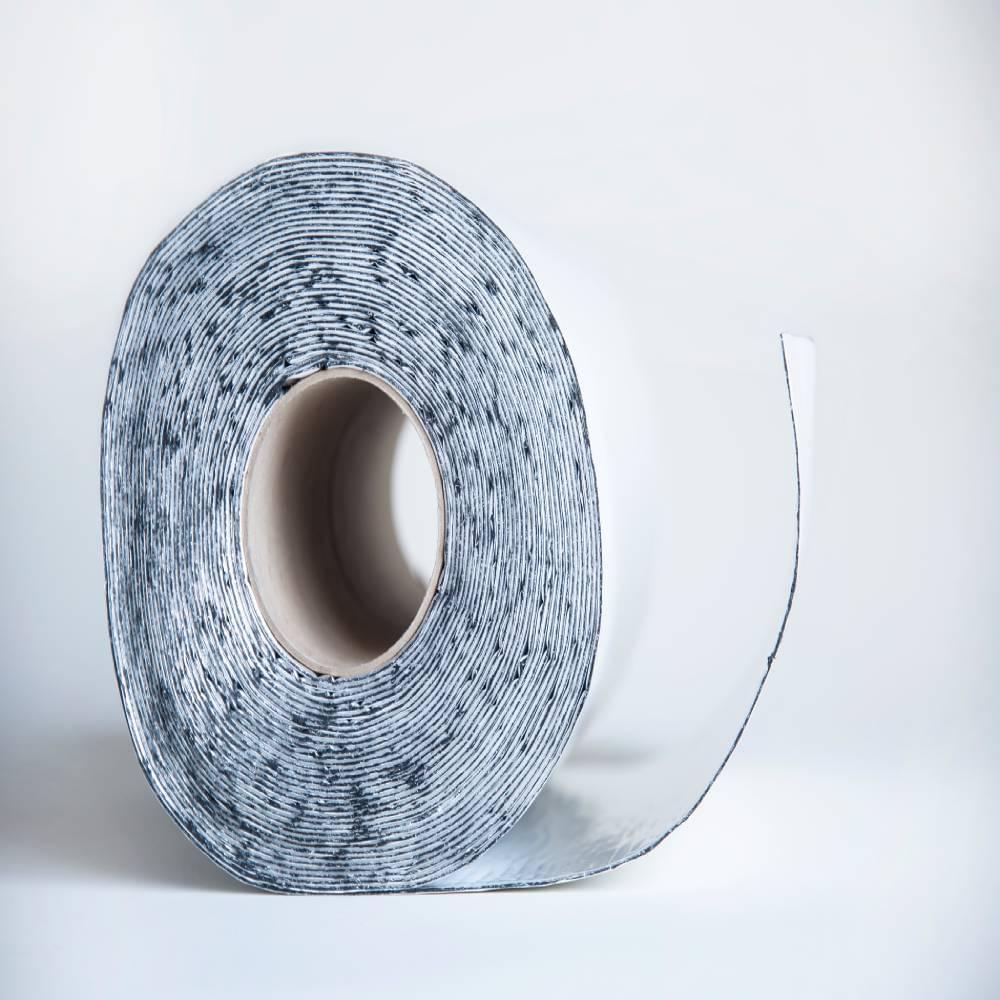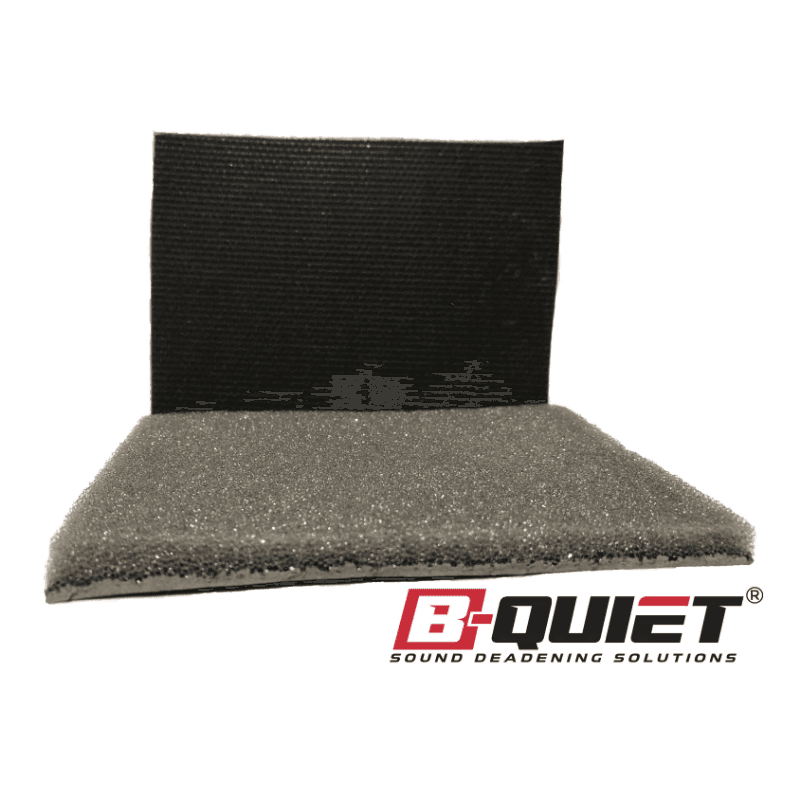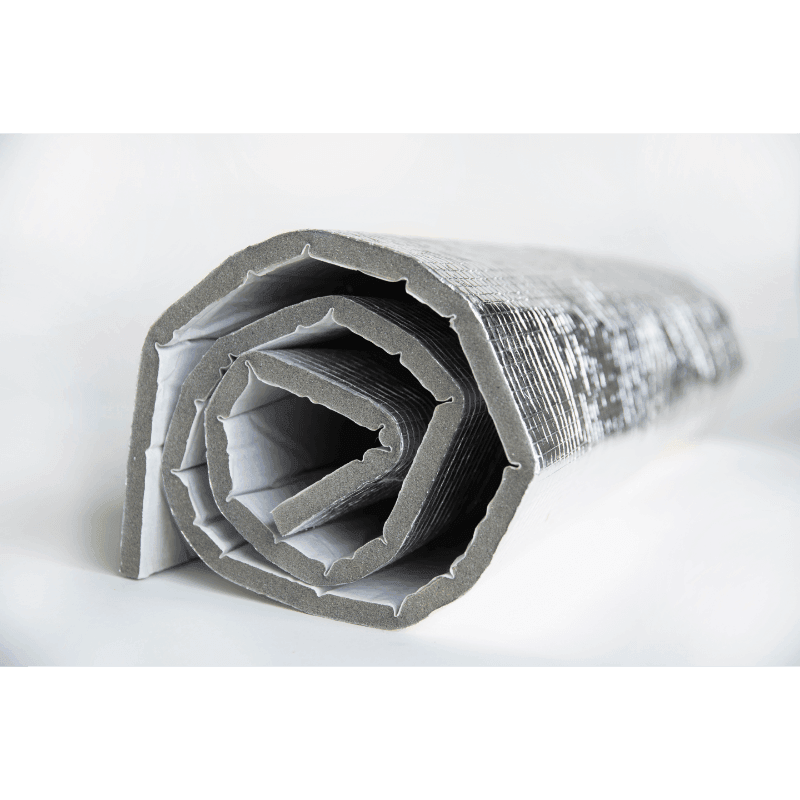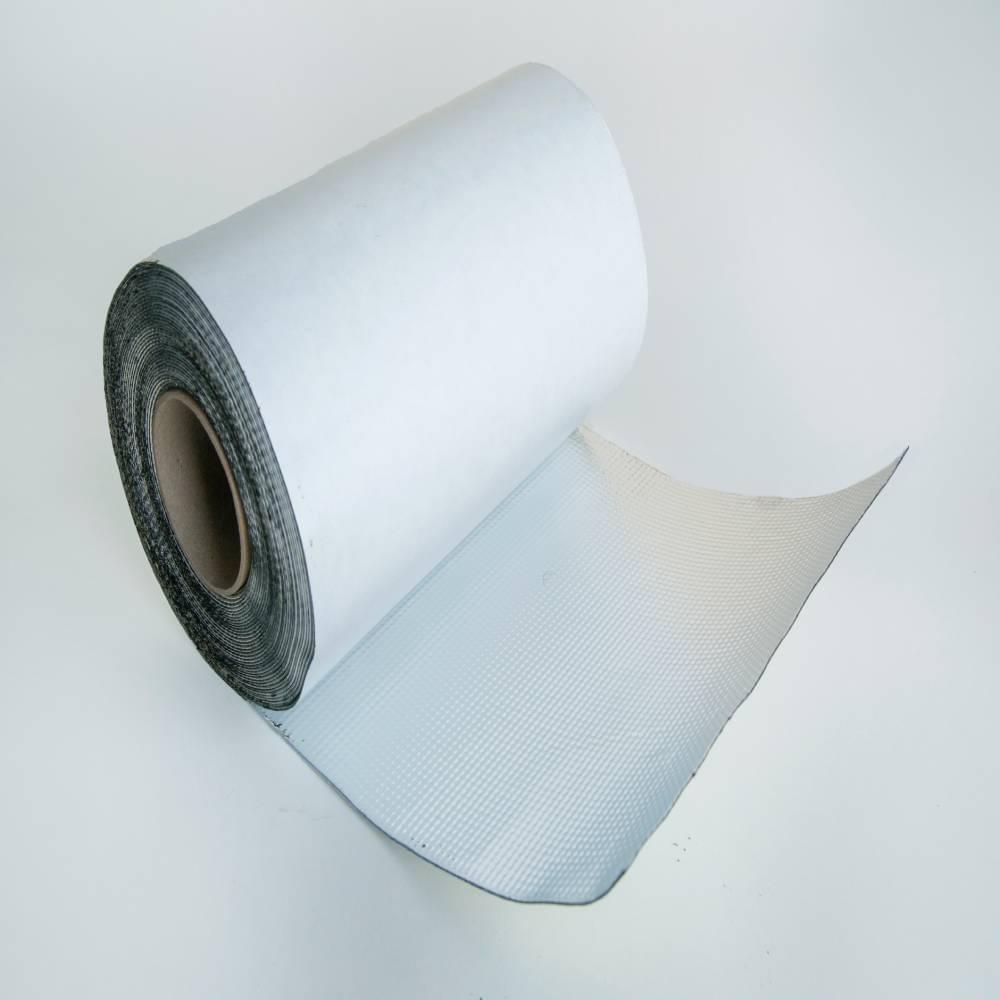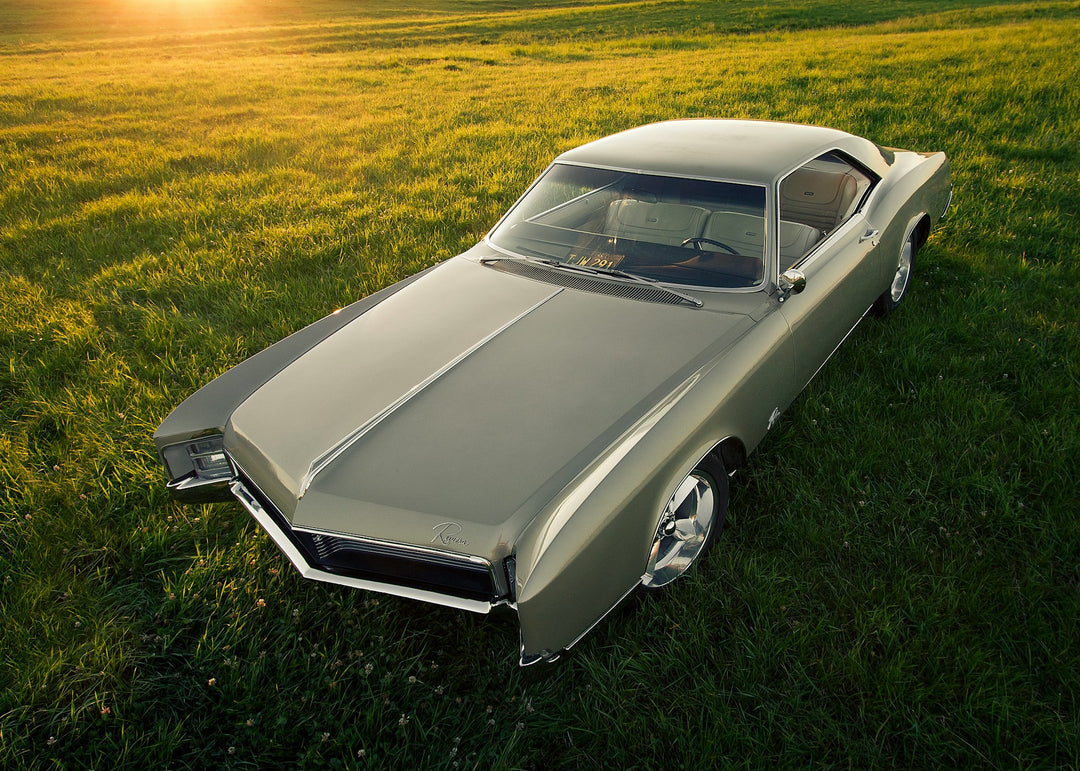The Comprehensive Guide to Sound Deadening Materials for an Ultra-Quiet Ride
Picture yourself embarking on a long road trip in your car or truck. The open road stretches ahead, excitement builds as you anticipate the adventures that await. But as you drive, there's a constant barrage of noise from road, wind and your engine. All this noise pollution can quickly wear on your nerves and detract from the pleasure of the journey. Fortunately, there's a solution: Sound deadening materials.
Sound deadening materials for cars, trucks, and vans are designed to reduce unwanted vibrations, rattles, and road noise in your vehicle, ultimately creating a more comfortable, quiet, and enjoyable driving experience. Whether you're upgrading your car stereo system, seeking tranquility on long drives, or looking to improve the acoustics of your ride, sound deadening materials can make a significant difference.
In this comprehensive guide, we will explore the various types of sound deadening materials available in the market today, and how each one functions to reduce noise levels in your vehicle. We will also delve into the details of installation, helping you choose the most effective method for optimizing the sound insulation of your car, truck, or van. Additionally, we will highlight essential tips and tricks for maintaining your soundproofed interior, ensuring that it continues to provide the desired level of noise reduction and peace for years to come.
Don't forget to explore our range of high-quality sound deadening materials to start your quiet ride journey today!
Understanding Vehicle Noise Sources
When attempting to create a quieter ride, it's essential first to identify the various noise sources within a vehicle. By pinpointing the root of the problem, you can choose the most effective sound deadening materials and techniques. Typically, noise comes from four primary sources:
- Road noise: Tires rolling along the road create vibrations that travel through the vehicle's structure, causing noise. Road noise may vary depending on road conditions, tire type, and vehicle suspension.
- Engine noise: Engine noise originates from the vibrations and sounds produced by the vehicle's engine and components. This noise is usually most noticeable in the front part of the cabin.
- Wind noise: Wind noise is generated when air flows around the exterior of the vehicle at high speeds, causing turbulence and pressure fluctuations. This can be more prominent if there are gaps or leaks around windows, doors, and other parts of the car.
- Vibrational noise: Vibrational noise occurs when various body parts and panels of the vehicle vibrate, causing rattles and squeaks. This can result from loose or poorly fitted components, or simple wear and tear over time.
Types of Automotive Sound Deadening Materials
There are several types of sound deadening materials on the market designed to combat vehicular noise. Here are some of the most popular varieties and their uses:
Mass Loaded Vinyl (MLV)
Mass loaded vinyl (MLV) is a dense, flexible sheet that adds mass to the vehicle's panels to block sound transmission. MLV is particularly effective in reducing airborne noise, such as road and wind noise. Due to its thin and flexible nature, MLV is relatively easy to install and can be cut to size for custom applications.
Closed-Cell Foam
Closed-cell foam is an insulating layer that absorbs both airborne and vibrational noise. These foam sheets are effective in blocking out sound as well as providing thermal insulation, making them ideal for vehicle roofs, hoods, and trunks. Because closed-cell foam is waterproof and resistant to humidity, it is suitable for use in vehicles of all types.
Spray-On Sound Deadener
Spray-on sound deadeners are a versatile option that can be applied to irregular or hard-to-reach surfaces. By creating a textured, rubberized coating that reduces vibrations, spray-on deadeners can help dampen engine noise and other vibrational noise sources. Be sure to choose a product designed explicitly for automotive use and follow the manufacturer's application instructions to achieve the best results.
Sound Absorbing Mats
Sound absorbing mats are heavy-duty products designed to reduce the transfer of vibrations and noise through car panels. These mats consist of a viscoelastic material sandwiched by layers of aluminum or another dense material. Sound absorbing mats are great for reducing vibrational noise and dampening vibrations associated with car speakers or subwoofers.
Installation Tips for Sound Deadening Materials
Regardless of the type of sound deadening material you select, proper installation is crucial for achieving maximum noise reduction. Here are a few tips to ensure a successful sound deadening project:
- Clean the surface: Before installing any sound deadening material, thoroughly clean and degrease the surface to ensure proper adhesion.
- Choose the right locations: Target areas that are most prone to noise, such as door panels, floorboards, and the trunk area.
- Measure and cut carefully: When fitting materials like MLV or closed-cell foam, measure and cut accurately to ensure a precise fit.
- Seal gaps and edges: Be sure to seal any gaps or edges with high-quality automotive adhesives or sealants to prevent air and moisture infiltration.
- Layer materials for optimal results: For enhanced soundproofing, consider combining materials, such as using sound absorbing mats in conjunction with MLV or closed-cell foam.
Maintaining Your Soundproofed Interior
Once your sound deadening project is complete, periodic maintenance can help ensure that your vehicle remains quiet and peaceful for years to come. Regularly inspect your car for any signs of wear or damage to sound deadening materials, and address any issues promptly. Additionally, be sure to keep your vehicle clean and well-maintained to prevent the buildup of dirt, grime, and moisture that could undermine your soundproofing efforts.
Conclusion
Achieving a quieter ride can significantly enhance your driving experience by reducing stress, improving concentration, and providing a more enjoyable environment for conversation or entertainment. By understanding the various sources of vehicular noise, selecting the appropriate sound deadening materials, and following best practices for installation and maintenance, you can transform your car, truck, or van into a serene oasis on the road. Don't hesitate to explore our wide range of top-quality sound deadening products to start your journey toward a more peaceful ride.


